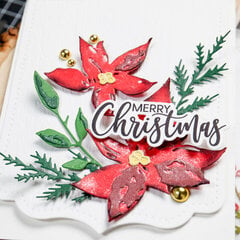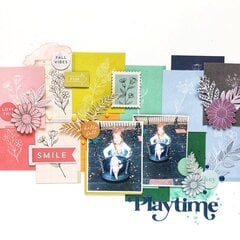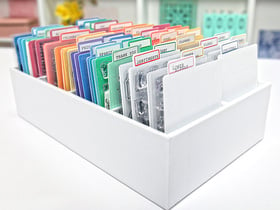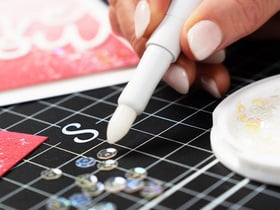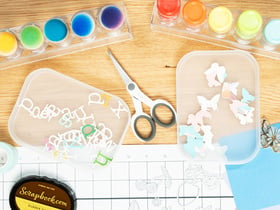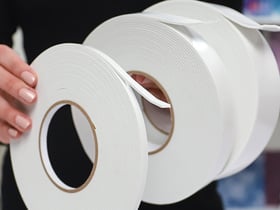Jun '09
Ozzie47
Has anyone any idea how I can inexpensively make a substitute clay (air dryed), similar to Fimo
I want to try and make my own clay embellishments .Did consider old fashioned bread dough and wasn't sure how it would hold up being on a scrapbook page I thought I would pose the above question in the hope that someone,somewhere may be able to help me. Thanks anyway for reading this and also thanks in advance to anyone who can help me. Ozzie 47
I want to try and make my own clay embellishments .Did consider old fashioned bread dough and wasn't sure how it would hold up being on a scrapbook page I thought I would pose the above question in the hope that someone,somewhere may be able to help me. Thanks anyway for reading this and also thanks in advance to anyone who can help me. Ozzie 47





